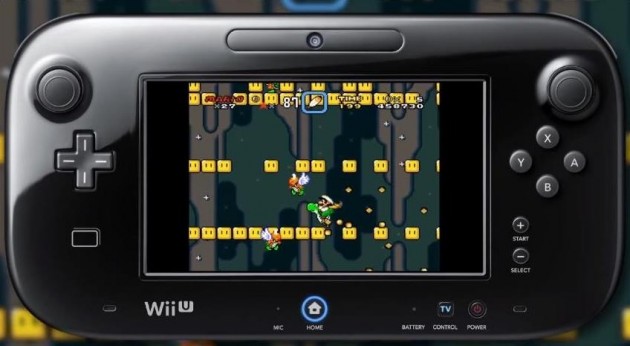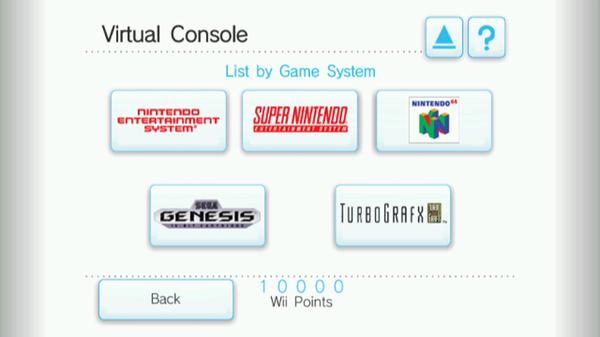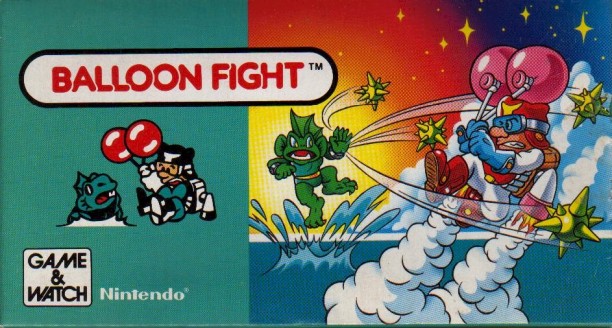
A few thoughts on the Virtual Console (Pt. 1)
The Virtual Console, Nintendo’s Online shop for downloadable content, has been around since the launch of the Wii in 2006. Perhaps most notably though, the Virtual Console has been used as a platform to launch older games to a modern audience. I’m just not entirely sure Nintendo is doing it correctly.
The Game Collection
Since its release in 2006, the Virtual Console has been home to Nintendo’s re-release of NES, SNES, Game Boy, Game Boy Color and Nintendo 64 games. Additionally, they’ve even hosted titles originally featured on the Master System, Mega Drive/Genesis, the TurboGrafx-16, and the Neo Geo.
While these releases have of course been made in an effort to continue to profit on older games, as there is a demand for them, they’ve also been released in an effort to combat piracy.
For example, anyone with a connection to the internet can easily access a torrent containing a complete connection of games. For instance, the complete US Library of SNES games is available in a torrent weighing in at only 624.36MB. The ability access to this, and many other game console collections, is incredibly easy.
This of course makes Nintendo’s approach to combating piracy all the more challenging. How do you, in a sense, compete with “free.” These torrented game collections are after-all free, if you ignore the legal implications.
Competing with Free
Piracy has of course existed since the widespread adoption of the internet. Napster, P2P Networks, Direct Connect, Torrents, etc. are all methods people have used to share content over the internet. And perhaps more troubling for companies, they’re all incredibly easy to use.
However, the easiest solution to combat this, shockingly, is to just provide a better service than the pirates. The best example of this thinking can be found in an article posted over on TechDirt. There, they interview Valve’s Gabe Newell on the issue of piracy, in which he said the following:
—
“Newell: The easiest way to stop piracy is not by putting antipiracy technology to work. It’s by giving those people a service that’s better than what they’re receiving from the pirates. For example, Russia. You say, oh, we’re going to enter Russia, people say, you’re doomed, they’ll pirate everything in Russia. Russia now outside of Germany is our largest continental European market.
Ed Fries: That’s incredible. That’s in dollars?
Newell: That’s in dollars, yes. Whenever I talk about how much money we make it’s always dollar-denominated. All of our products are sold in local currency. But the point was, the people who are telling you that Russians pirate everything are the people who wait six months to localize their product into Russia. … So that, as far as we’re concerned, is asked and answered. It doesn’t take much in terms of providing a better service to make pirates a non-issue.”
—
While what Newell says is somewhat shocking, it also seems a very obvious solution. If you are better than the pirates at providing content, people will buy from you. But let’s focus in on what he says, and concentrate on where he states that “the people who are telling you that Russian’s pirate everything are the people who wait six months to localize their product into Russia”
I.e. If you don’t provide a good to people who want it, they will seek other means of getting it.
Localization:
In an article featured over at Wii U Daily, they discuss the recent phenomenon of Virtual Console releases varying between 50Hz and 60Hz versions. You see, back in teh day manufacturers in Europe and Australia produced televisions that displayed their content at 50 frames per second, unlike the US and Japanese TV’s which ran at 60 frames per second.
This means that the video game cartridges released in Europe and Australia were modified before release to run slower (to compensate for the decreased frames per second, or sped up to fit the slower speed.
Now though, television manufacturers release products capable of processing at 60Hz. The obvious thing to do now then would be for Nintendo to release all their Virtual Console games as the original 60Hz variants. Well…that’s wishful thinking apparently.
Apparently the original Wii’s Virtual Console was completely made up of 50hz variants in Europe. While some ran perfectly well, others (like Mario Kart 64) were altered by Nintendo to make sure they would work properly.
However, with the Wii U’s release, this doesn’t seem to be happening at all. Games like Balloon Fight, and Kriby’s Adventure are running at a very broken 50Hz. Other games, like F-Zero and Pac-Man, run at 60Hz though.
To properly illustrate the difference, take a look at the video below:
Now let me assume for a moment that you’re a customer in Europe who desperately wants to play Balloon Fight. Are you going to play the official, yet broken, version of the game? Or would it be easier for you to pirate a version that works correctly?
Unless Nintendo can do a better job than the pirates of releasing their own content, piracy will continue.
Next week we’ll take a look at the selection on the Virtual Console.


